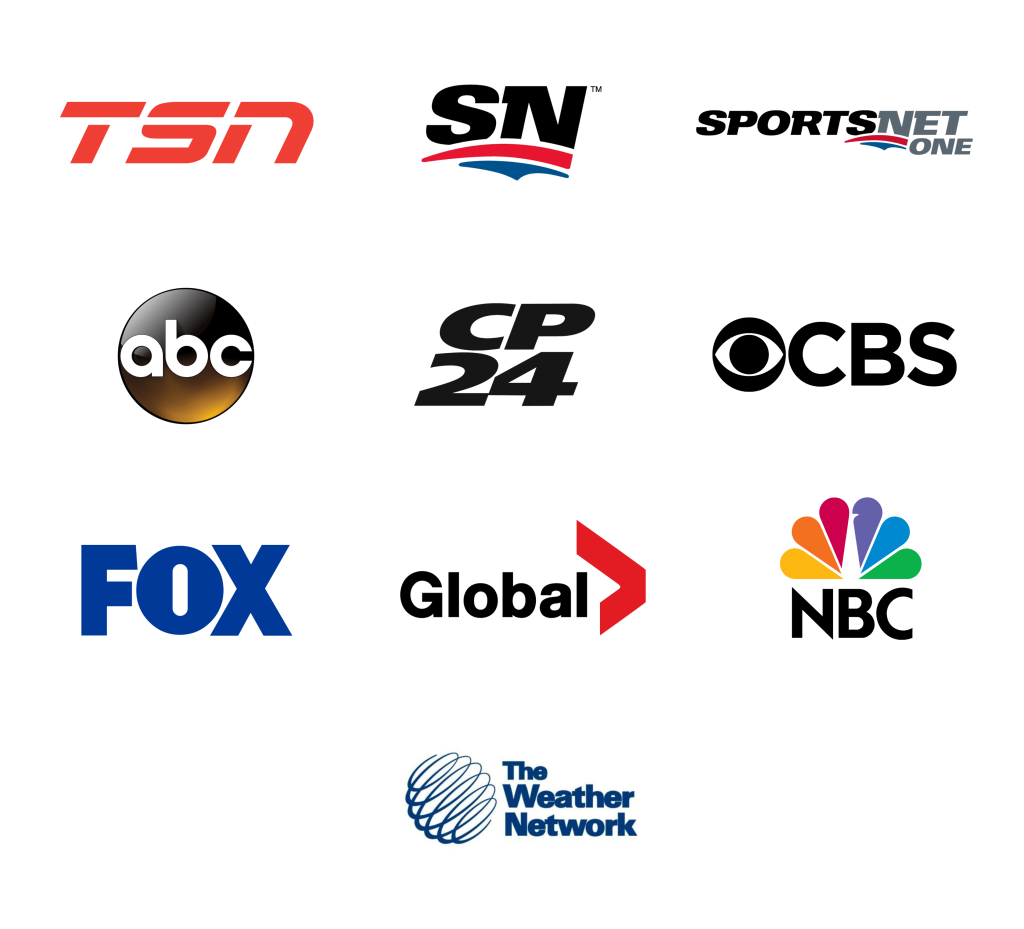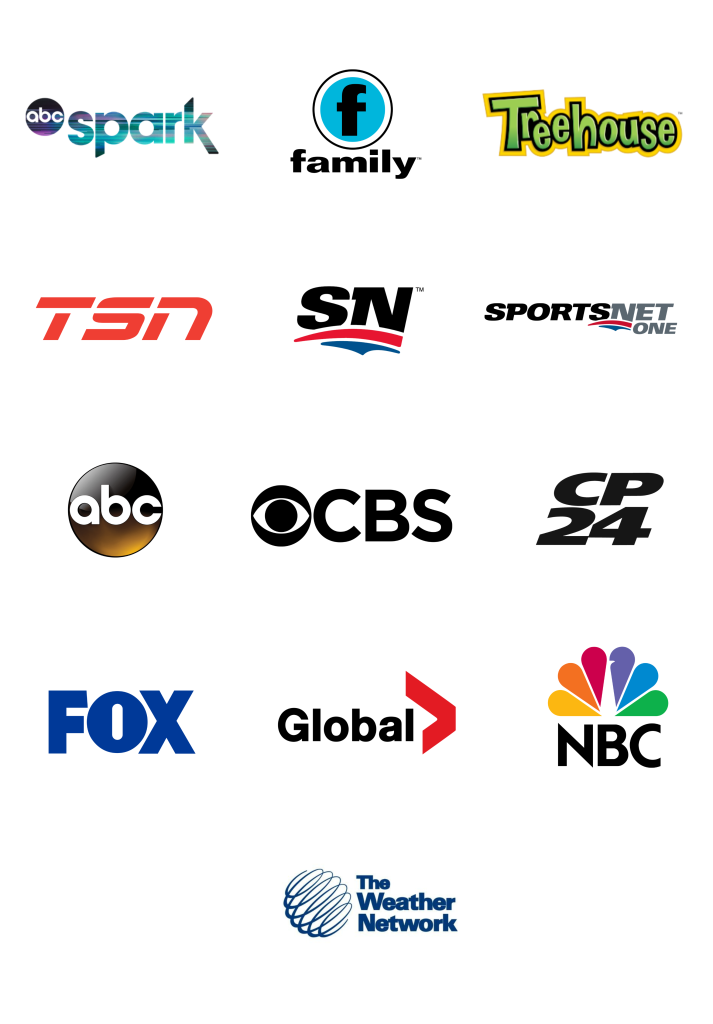
 Jul 7 2022
Jul 7 2022
In the digital age we live in, the internet is a basic need. Everyone needs a reliable internet connection to work, live, and play. That’s why when the internet breaks, we quickly feel the impact in our everyday lives. Needless to say, internet outages are incredibly frustrating and costly – you may miss important notifications, emails, meetings, purchases, and more.
Is your Comwave internet cutting out? That’s certainly not the experience you deserve nor need, whether you rely on a stable internet connection for work, play, or simply staying connected. So let’s find out why your internet is cutting out—and how to fix it.
Are you experiencing frequent connection timeouts, all the way to hours-long outages? Or maybe your internet speed just isn’t fast enough to load videos and keep up? There are a few reasons why these happen, ranging from network issues to various technical difficulties. Here are the most common reasons:
1. Server busy: network traffic
Your Comwave internet connection is designed to support a set of daily needs and activities. The internet speed you select determines how fast you can load videos, send messages, interact on social media, and more. This also means that you can’t expect more out of your internet service than its bandwidth.
If your internet is increasingly cutting out, check how many people and devices in your home are sharing the connection, as well as everyone’s activities. Internet speeds are optimized to support a given number of devices and users, so allowing more people to connect to your Wi-Fi than your connection can handle will cause delays, and, eventually, disruptions. Take a look specifically at activities like high-definition gaming and Zoom calls, which if done constantly can require significant bandwidth.
2. High-traffic locations
Similar to considerations within your home, it’s also worth looking into your location. Even with the fastest speeds, where you live may still factor into your connectivity. Your home internet connection is powered by a large shared network of cables and infrastructure. This means that if you live in a high-traffic location, many more subscribers in your area are vying for connection on the same network.
3. Old hardware
A stable internet connection is determined by a lot more than speed. While it’s the primary factor that enables fast, uninterrupted browsing and streaming, it’s just as important to pay attention to the hardware that makes it possible.
Like all devices, routers and modems age and decline in function or are outperformed by recent models. Newer routers and modems boast more capacity for data transfer from the network to your devices.
Make sure to check your router or modem when your connection slows down. Check to see its age and if the indicator lights are working, and if they aren’t, contact Comwave to browse compatible modems.
4. Network outages
And finally, the worst culprit—when the entire network is down. During a network outage, everyone relying on an individual provider in an entire city or region won’t have internet at all (and depending on bundle options, even mobile service). Comwave utilizes a diverse and unique network that connects with every major IP network in Canada and utilizes connectivity from over 100 different providers. This means that Comwave’s network is designed to be more resilient and access redundant connectivity, making Comwave less prone to network outages than larger providers that rely on one network, regardless of the size of the network itself.
Having no internet access means living disconnected—completely cut off, especially as work, life, and leisure increasingly require you to be online, without delays and disruptions. Today, there are very few things more frustrating than internet connection issues, including both slow speeds and outages.
But the good news is, you can try some easy fixes to restore your internet connection, while working with internet providers like Comwave to address larger issues and determine if your internet plan is still right for your everyday needs. Here are some solutions you can try if you’re experiencing internet connection issues:
1. Reset your router or modem and devices
If you’ve called customer support about connection issues in the past, you’re likely familiar with this number one fix. Resetting your connection is a quick first step you can try on both the router and on the devices you’re using. In many cases, the internet connection through the router or modem simply needs to refresh, especially when there is a lot of network activity.
2. Use an ethernet cable
If your connection frequently times out, it may be time to forgo the Wi-Fi connection for relevant devices. While Wi-Fi is undoubtedly the most convenient way to get online, it may not always be the fastest. Instead, plug in an ethernet cable and take advantage of a stronger hardwired connection. Particularly if your computer or laptop is right next to your modem, relying on an ethernet connection can save you time and hassle.
3. Move closer to the router
Another super simple, tried-and-tested fix, moving closer to the source, will likely boost your Wi-Fi connection. Simply, the closer you are to the router or modem, the stronger your Wi-Fi signal. This allows you to eliminate interferences without moving to a wired connection just yet.
4. Move your router
How far are you from your router or modem? If it’s in another room or floor, the Wi-Fi signal is likely weaker, and getting even weaker with more distance or barriers. Walls and furniture create Wi-Fi interference, causing your internet to cut out or lag if you’re too far from the router or modem. Instead, consider moving your router or modem closer to where you’re often streaming or gaming, and make sure that nothing is blocking it.
5. Upgrade your connection
If you’ve tried all of the other quick fixes and continue to experience connection issues, it’s time to consider an upgrade.
First, check your modem or router. Recall when you got it and its age, and check to see if its capacity is compatible with your current internet speed. If the indicator lights aren’t flashing as they should, or it’s over 5 years of age, it’s a telltale sign that your hardware needs to be replaced with a newer, more powerful model.
Next and most important, talk to your internet service provider. Tell them about your connection issues and review your current plan to find out if the speed and bandwidth are still right for your needs. If you find that you spend a lot more time online now than before and are still on a plan with lower speeds, it may be time for an upgrade.
At Comwave, we’re committed to your 24/7 connectivity and satisfaction. Our customer support team is available to troubleshoot your connection. We’ll help you identify and resolve any problem in no time, so you can go back to uninterrupted browsing, streaming, gaming, and more. And if we discover that your speed is no longer right for your everyday needs, we’ll recommend the right internet speed to avoid delays and disruptions.
Get the internet connection you need and deserve—say goodbye to delays and disruptions. For questions about your Comwave internet or an upgrade, contact us today.

Comwave is Canada’s largest independent communications company, offering home internet, TV and phone services at some of the best prices in Canada.
1-866-542-6694© 2022 Comwave Networks Inc. All rights reserved.
911 has certain limitations versus traditional E-911. Details at www.comwave.net/legal



First, let us know where you live so we can make sure that we can provide service in your area.